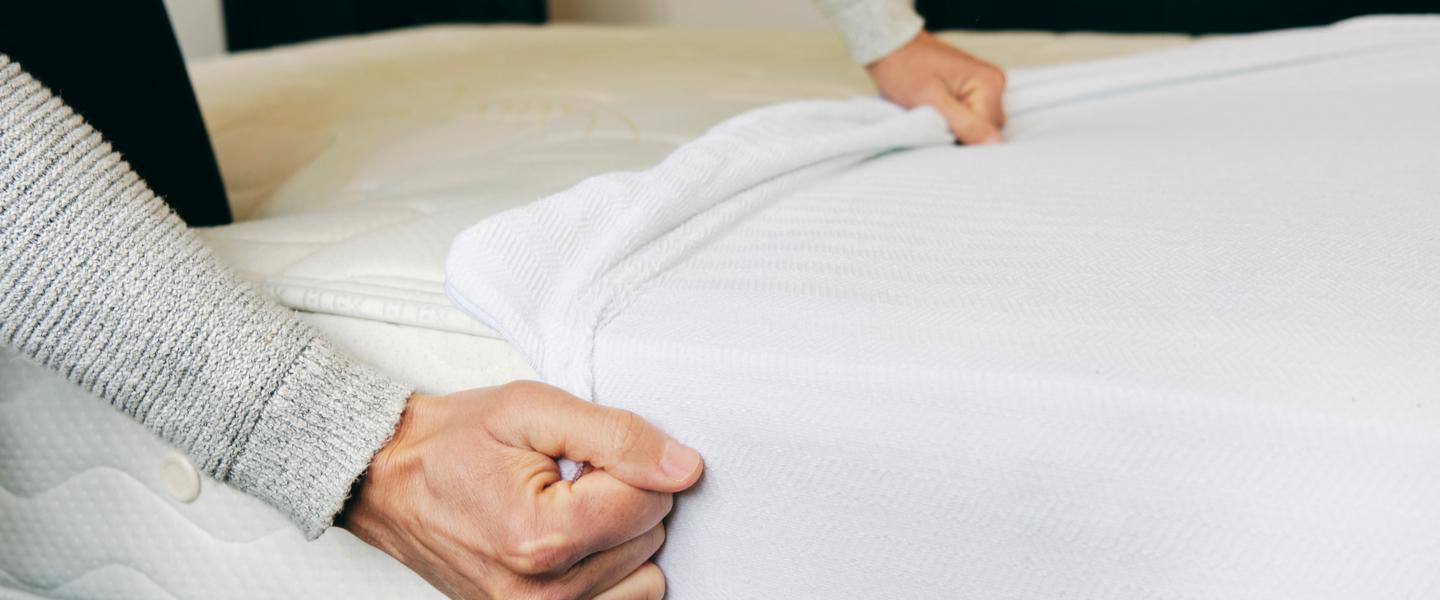What is a Mattress Protector? The Ultimate Guide!
Mattresses transform our bedrooms into comfortable areas for taking naps, sleeping at night and reading our favourite books. However, these handy investments accumulate dust, spills, animal fur and other debris, which reduces their quality.
Fortunately, you can protect your mattress from unwanted elements and extend its life by using a mattress protector.
We've put together an ultimate guide to mattress protectors, covering everything from what they are to how to fit and clean them.
What is a mattress protector?
A mattress protector is a removable type of bedding that covers the mattress and protects it from damage. You should fit them on your mattress underneath the bottom sheet. Depending on the design, a mattress protector may cover only the mattress top, the top and the sides, or encase the whole mattress.
You can buy mattress protectors made from all kinds of materials, such as hollowfibre, fleece, and Teflon. Protectors are available for all sizes of bed, including single, double, king and super king.
Besides protecting the mattress, a protector also protects you from allergens such as dust mites, bed bugs, and molds that can interfere with your comfortable sleep.
Better still, these handy items can maintain the validity of your warranty, keeping your mattress clean. Remember, most manufacturers won't consider warranty claims if your mattress is soiled or stained.
What is a mattress protector for?
Regardless of the type and the material, mattress protectors are used by many to improve sleep quality, provide extra comfort, prolong the life of a mattress and improve hygiene.
1 - Prolong the life and the quality of your mattress
Covering your mattress safeguards it from unwanted spills and the daily wear and tear that a mattress experiences. That means your bed would provide the same level of quality for an extended period.
2 - Provide extra comfort
Mattress protectors enhance the comfort of your bedroom. Imagine sleeping in a clean environment free of allergens such as dust and irritants like pet dander and dust mites. Protectors can even help to regulate the temperatures in your bed.
3 - Improve the hygiene of your bed
Mattress protectors are easy to clean and they also take less time to dry. That means that you can clean them more regularly than mattresses, thus keeping your bed clean.
What types of mattress protectors are there?
Mattress protectors can be categorised based on how they fit onto the mattress. Common types of protectors include:
Encasement protectors
Also called zipped mattress protectors, encasement mattress protectors cover the whole mattress. They can be the best option if you intend to completely protect your mattress against bed bugs, dust, bed bugs, and mites.
Fitted protectors
Fitted mattress protectors secure the top, the sides, and partially the bottom of a mattress against stains, dust, moulds, and bugs. They are easier to fit than encasements. However, they can be less effective in preventing irritants and allergens than encasements.
Strapped mattress protectors
Strapped mattress protectors feature a single surface with elastic strands embedded to its corners for holding it to the mattress. They only cover the top sleep surface of the mattress against spills, dust, and other debris.
Its elastic straps ensure that the cover holds tight to the mattress to prevent any particles from touching the top of the bed. Generally, strapped mattress protectors are the easiest to maintain. Being single-layered means you can remove and clean them as frequently as you wish.
Skirt mattress protectors
Skirt mattress protectors are similar to fitted mattress protectors but offer something slightly different. Their only difference is that skirt mattresses can be adjusted to fit the size of the mattress.
Anti-allergy mattress protectors
If you suffer from allergies and this impacts your sleep quality, an anti-allergy mattress protector is the right choice for you. These fitted protectors stop dust, pollen, pet dander and other materials from settling into the mattress, giving you a better night's sleep.
Waterproof mattress protectors
Another type to consider is waterproof mattress protectors. These offer incredible protection against spills and stains, keeping your mattress clean. They're also straightforward to clean in case there have been any accidents.
Mattress protectors vs mattress toppers: What's the difference?
Most people use mattress protectors and mattress toppers interchangeably. However, that should not be the case since the two are different items with different roles.
Mattress protectors are there to stop pet fur, dust, mites, spillage, and daily wear and tear from causing damage. On the other hand, mattress toppers are specifically designed for comfort. They are thicker than mattress protectors and are meant to add an extra layer of comfort and support to sleep on. Toppers can be filled with memory foam, feathers, or synthetic fillers, which are thicker than protectors.
How to fit a mattress protector
The process of fitting mattress protectors depends on the type of mattress protector you are handling.
Fitting a zipped mattress protector
You will need the help of a second person to fit a zipped mattress protector to prevent you from damaging the zip. To fit it:
- Open the zip of the protector
- With the help of a friend, find the two end corners of the protector and align them with the top two corners of the mattress
- Start enclosing the mattress's top-end into the protector, so you finish with the zip at the bottom
- Continue until the protector covers the mattress on all sides
- Carefully close the zip once you're sure all parts of the mattress are in the protector
- After closing, use a secure seal to fasten the zip to the anchor point so that it doesn't re-open
- Return your mattress to the bed and enjoy the comfort
Installing a fitted mattress protector
To fit this protector, you need to:
- Spread the protector on the mattress with the membrane of the protector facing your mattress
- Adjust the protector so that its seams are in line with the edges of the mattress
- Place one corner of the mattress into the protector and then move around the bed as you tuck the sides of the protector beneath the mattress
- Fit the enclosed mattress properly into the bed frame after you are done tucking
- Enjoy your naps
Fitting a strapped mattress protector
Fit a strapped mattress protector by following these steps:
- Spread the protector on the top of the mattress so that its corners align with those of the mattress
- Fit the elastic straps to the four corners of the mattress so that it attaches firmly to it
Cleaning your mattress protector
Over time your mattress protector will need to be cleaned to keep your sleeping area hygienic. The method depends on the material used to make the protector. For instance, most cotton mattress protectors can only be cleaned by a machine. Look at the manufacturer instructions label for more details.
Cleaning frequency can depend on:
- The number of times you use the protector - For instance, you can clean the protector in your guest room less as it's rarely used.
- Reaction to allergens - You might need to clean your protector twice a month or more if you are sensitive to allergens.
- Whether you just recovered from an illness - If you have just recovered from an illness, it is safer to clean the protector to clear any bacteria or viruses that might have resulted from coughs and sniffles.
- Condition of the mattress protector - You might have to clean the protector instantly if you have spilt a drink on it or risk having a stained mattress protector.
Are all mattress protectors waterproof?
No, not all mattress protectors are waterproof. However, you can buy protectors which are waterproof if this is something you are looking for.
If you have a waterproof protector, pay close attention to the cleaning instructions indicated by the manufacturer to avoid destroying your mattress protector. For instance, dry cleaning the waterproof protectors may interfere with their waterproof layer.
Can you wash a mattress protector?
Yes, you can wash mattress protectors on your own. However, you should always follow the cleaning instructions, such as temperature levels, the type of detergents, and more.
Frequently asked questions about mattress protectors
Below are some questions that people commonly ask about the mattress protectors.
Do I need to use a mattress protector?
You don't need to, but having one protects your mattress from spills and dust. It will also keep you safe from allergens that may otherwise make your sleep uncomfortable.
How do I choose the right mattress protector?
You can choose a protector based on factors like its type, material, size, cost, allergic protection, temperature control, and whether it is waterproof. Every mattress protector is different, and it's essential to find one that suits your needs.
What should I look for in a mattress protector?
Before purchasing a protector, you should ensure that it perfectly meets your specific requirements. For instance, if you want one that protects against allergens and spills, then an anti-allergy or waterproof protector might be your perfect option.
Do I need a mattress topper and a mattress protector?
This is down to your preferences. However, it can help to use both together to enhance your comfort and elongate the life of your mattress. A topper adds a comfortable layer to cushion you from the bed frame, while the protector keeps the mattress clean. However, you may only need a protector if your mattress is comfortable enough.
Does mattress protectors prevent dust mites?
Yes, they do. An anti-allergy mattress protector, in particular, can prevent dust mites from entering inside the mattress.
At Sleepseeker, we are experts in bedding and stock everything from mattress protectors to pillows and duvets. If you need any assistance finding the right bedding for your mattress, contact our friendly team.
For more, read our mattress toppers vs mattress protectors guide.
What's trending now...
-
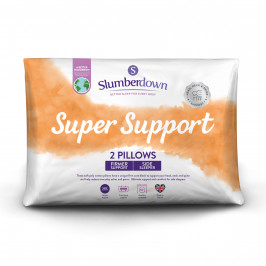
Slumberdown Super Support Firm Support Side Sleeper Pillow, 2 Pack
£17.00
Shop Now -
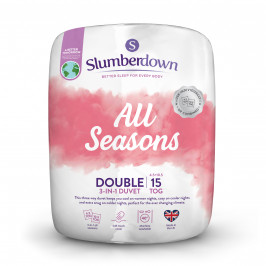
Slumberdown All Seasons Combi 15 Tog (10.5 + 4.5 Tog) Double Duvet
£30.50
Shop Now -
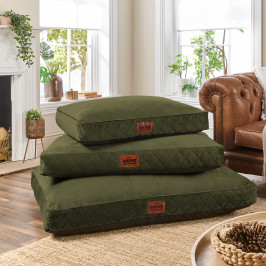
Slumberdown Paws for Slumber Olive Green Pet bed, Medium
£39.00
Shop Now -
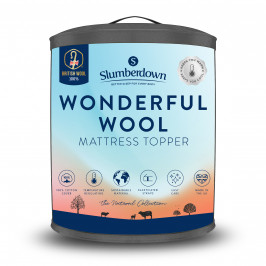
Slumberdown Wonderful Wool Mattress Topper
From: £54.50
Shop Now -
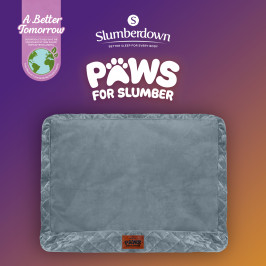
Slumberdown Paws for Slumber Extra Large Pet Bed Spare Cover, Grey
£20.00
Shop Now -
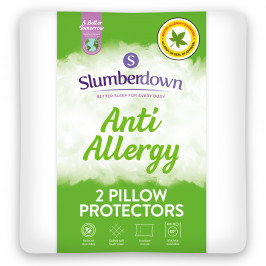
Slumberdown Anti Allergy Pillow Protector - Pack of 2
£15.50
Shop Now -
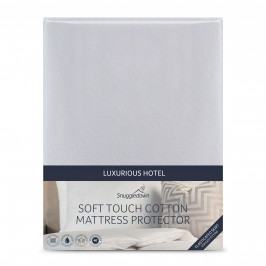
Snuggledown Luxurious Hotel Cotton Waterproof Mattress Protector, Double
£23.50
Shop Now -
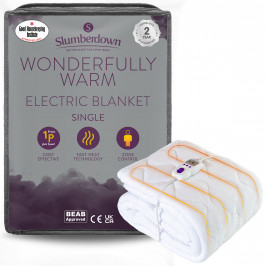
Slumberdown Wonderfully Warm Electric Blanket - Single
£60.00
Shop Now -
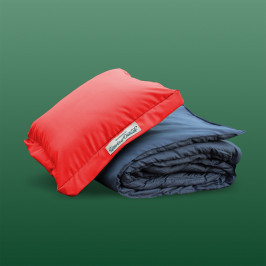
Slumberdown Unwind Outside 2-in-1 Waterproof Cocoon Set, Burnt Orange
£30.00
Shop Now -
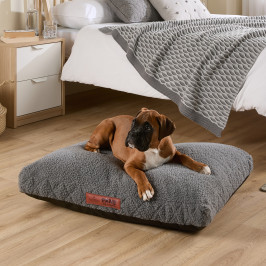
Slumberdown Paws For Slumber Sherpa Pet Bed, Medium
From: £25.00
Shop Now -
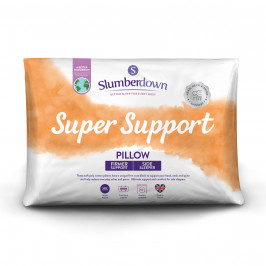
Slumberdown Super Support Firm Support Side Sleeper Pillow
From: £17.00
Shop Now -
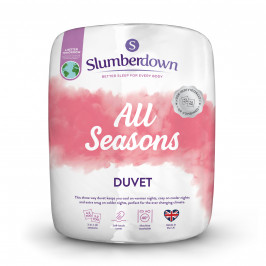
Slumberdown All Seasons Combi Duvet
From: £25.50
Shop Now -
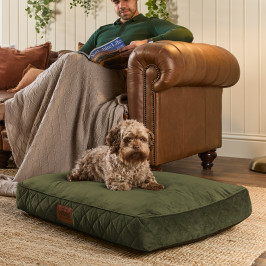
Slumberdown Paws for Slumber Medium Pet Bed
From: £39.00
Shop Now -
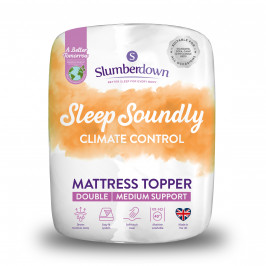
Slumberdown Sleep Soundly Climate Control Mattress Topper, Double
£33.50
Shop Now -
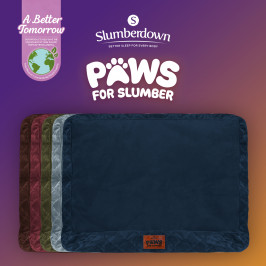
Slumberdown Paws for Slumber Extra Large Pet Bed Spare Cover
From: £20.00
Shop Now -
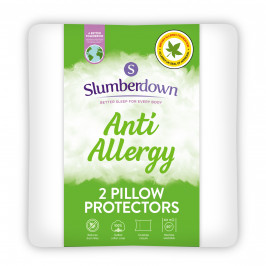
Slumberdown Anti Allergy Pillow Protector
From: £15.50
Shop Now -
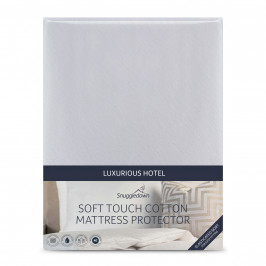
Snuggledown Luxurious Hotel Cotton Waterproof Mattress Protector
From: £19.50
Shop Now -
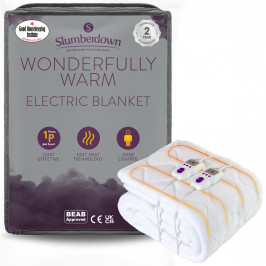
Slumberdown Wonderfully Warm Electric Blanket
From: £60.00
Shop Now -
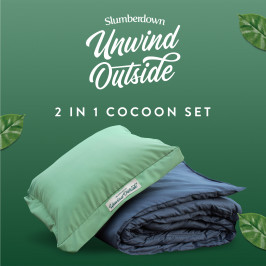
Slumberdown Unwind Outside 2-in-1 Waterproof Cocoon Set
From: £30.00
Shop Now -
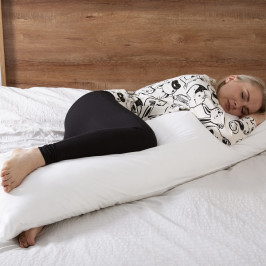
Slumberdown Body Support Pillow, 1 Pack, Includes 100% Cotton Pillow Case
£20.00
Shop Now -
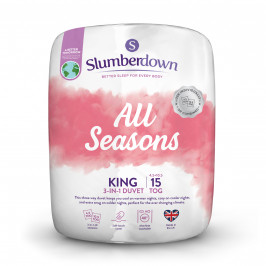
Slumberdown All Seasons Combi 15 Tog (10.5 + 4.5 Tog) King Size Duvet
£34.00
Shop Now


